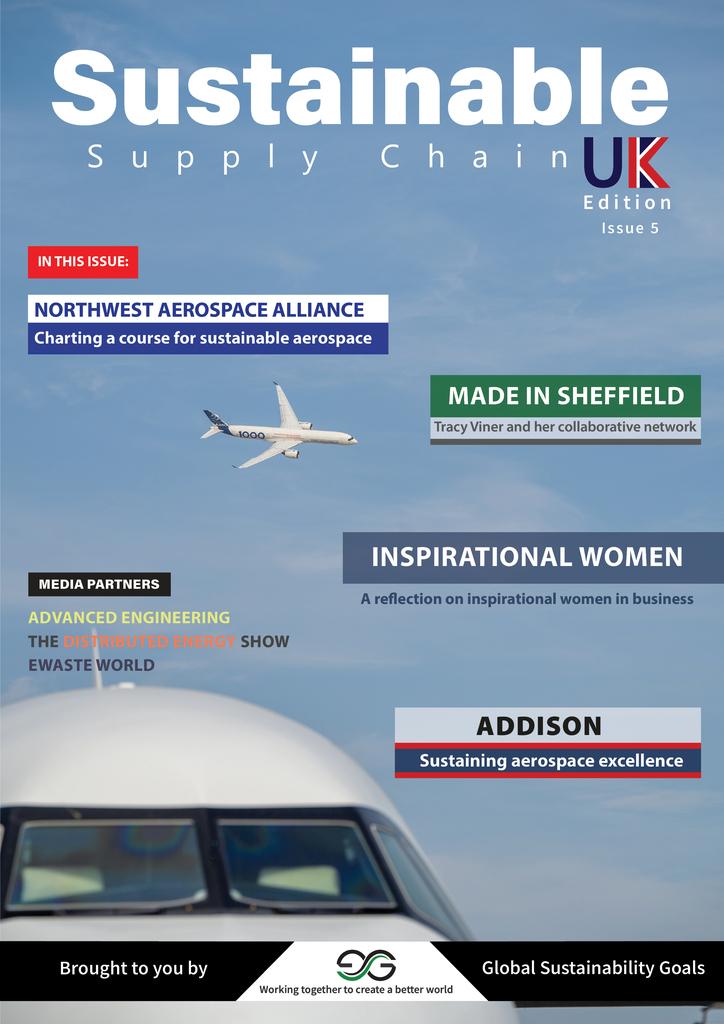
Navigating Challenges in Adopting Sustainable Construction Materials
In recent years, the global construction industry has witnessed a significant surge in demand for sustainable construction materials. This increased focus on sustainability is driven by growing environmental awareness and the imperative to mitigate the industry’s ecological footprint. However, despite this growing demand, the adoption of sustainable materials faces a myriad of challenges. Issues related to sourcing and availability to concerns about transparency and cost, addressing these obstacles is essential to propel the industry towards a greener, more sustainable future.
Striking a Balance: Local Sourcing vs. Sustainability:
Contractors grapple with the dilemma of sourcing materials locally while prioritizing sustainability. While local sourcing offers benefits such as reduced transportation emissions and support for regional economies, it may not always align with sustainability goals. Building lasting relationships with local suppliers capable of offering eco-friendly alternatives is crucial. Moreover, collaborating with regional associations and industry partners can amplify efforts to promote sustainable practices within communities.
Transparency: Tracing the Journey of Sustainable Materials:
Transparency across the supply chain is essential to verify sustainability claims and ensure ethical sourcing practices. However, achieving transparency remains a formidable task for many in the construction industry. Implementing robust traceability systems that track the origin and environmental impact of materials is a critical step towards enhancing transparency. Additionally, encouraging suppliers to disclose their sourcing practices and environmental performance can foster accountability and trust. Standardizing reporting mechanisms for environmental data further promotes transparency, enabling stakeholders to make informed decisions about the materials they use.

Cost Considerations: Investing in Sustainability:
One of the most significant barriers to the widespread adoption of sustainable materials is the perception that they are more expensive than traditional alternatives. While it’s true that sustainable materials may pose initial cost challenges, their long-term benefits often outweigh the upfront expenses. Factors such as energy efficiency, durability, and reduced maintenance costs contribute to significant long-term savings. As demand for sustainable materials increases, economies of scale and technological advancements are expected to drive prices down, making them more competitive with traditional materials.
Overcoming Availability Hurdles:
Availability constraints pose significant challenges to the adoption of sustainable materials, mirroring broader industry issues related to product availability. Diversifying supplier networks and embracing digital procurement solutions are effective strategies for mitigating these risks. By expanding their network of suppliers and leveraging technology to streamline procurement processes, contractors can reduce the likelihood of material shortages and ensure uninterrupted access to vital resources.
Raising Awareness: Empowering Stakeholders for Change:
Educating stakeholders about the benefits of sustainable materials and practices is essential for driving widespread adoption. Sustainable Supply Chain Magazine plays a crucial role in this effort by hosting enlightening content, and with our media partners we empower industry professionals with the knowledge and tools needed to champion sustainability. By participating in these events and leveraging the educational resources provided by Sustainable Supply Chain Magazine, contractors can enhance their understanding of sustainability issues and inspire meaningful change within their organizations and across the industry.

Quality Assurance: Upholding Standards in Sustainable Solutions:
Addressing concerns about the quality and performance of sustainable materials is essential to build trust and confidence among stakeholders. Rigorous testing and evaluation are necessary to ensure that eco-friendly alternatives meet or exceed industry standards. Manufacturers of sustainable materials must prioritize quality assurance measures and transparently communicate their commitment to quality and performance. By demonstrating the reliability and effectiveness of sustainable materials, manufacturers can build trust with contractors and end-users, further accelerating the adoption of eco-friendly construction materials.









